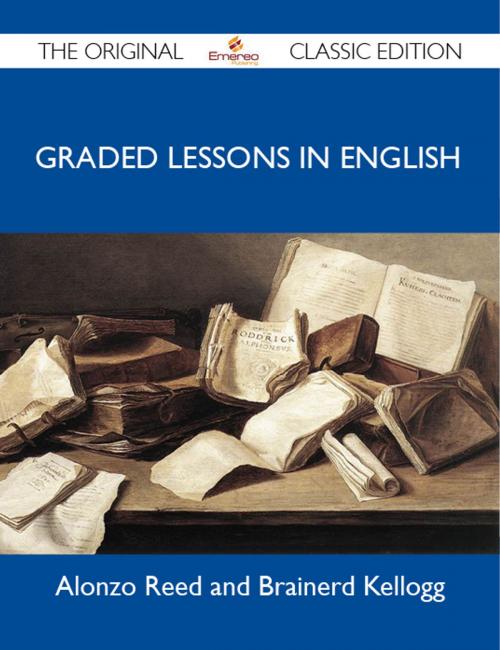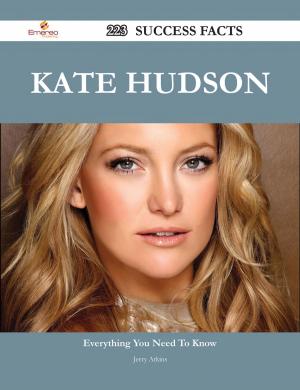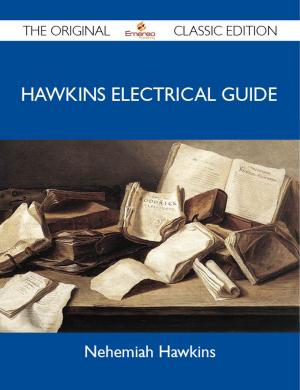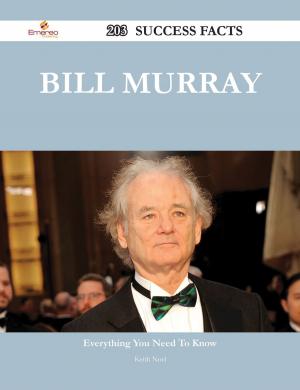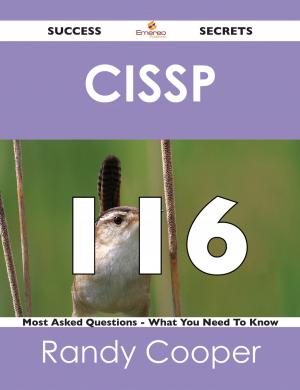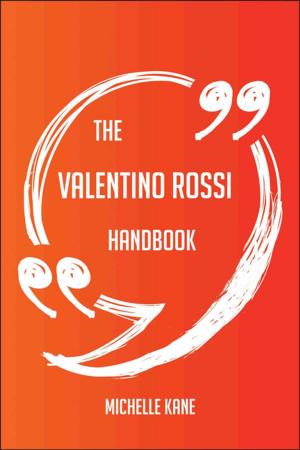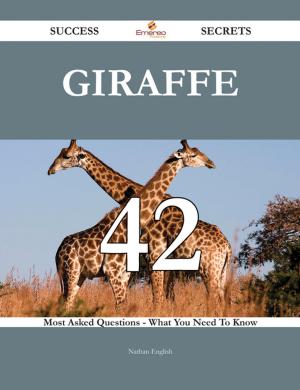Graded Lessons in English - The Original Classic Edition
Nonfiction, Reference & Language, Reference, Fiction & Literature| Author: | Kellogg Alonzo | ISBN: | 9781486419869 |
| Publisher: | Emereo Publishing | Publication: | October 24, 2012 |
| Imprint: | Emereo Publishing | Language: | English |
| Author: | Kellogg Alonzo |
| ISBN: | 9781486419869 |
| Publisher: | Emereo Publishing |
| Publication: | October 24, 2012 |
| Imprint: | Emereo Publishing |
| Language: | English |
This is a new and freshly published edition of this culturally important work by Alonzo Reed and Brainerd Kellogg, which is now, at last, again available to you.
Enjoy this classic work today. These selected paragraphs distill the contents and give you a quick look inside Graded Lessons in English:
+The Use of the Diagram+.-In written analysis, the simple map, or diagram, found in the following lessons, will enable the pupil to present directly and vividly to the eye the exact function of every clause in the sentence, of every phrase in the clause, and of every word in the phrase-to picture the complete analysis of the sentence, with principal and subordinate parts in their proper relations.
...+T+.-You will observe that we have called attention to four different things; viz., the +real bud+; your mental picture of the bud, which we have called an +idea+; and the +two words+, which we have called signs of this idea, the one addressed to the ear, and the other to the eye.
...+Oral Analysis+.-This is a sentence, because--; animal is the subject, because--; fled is the predicate, because--; The and frightened are modifiers of the subject, because--; still more rapidly is a modifier of the predicate, because it is a group of words joined to it to limit its meaning; rapidly is the principal word of the group; more modifies rapidly, and still modifies more, The frightened animal is the modified subject; fled still more rapidly is the modified predicate.
...Let the teacher write on the board the following words, and require the pupils to add to each, one or more words to complete a phrase, and then to construct a sentence in which the phrase may be properly employed: To, from, by, at, on, with, in, into, over.
...For the predicates introduced by these words let the pupils find subjects which name more than one, that they may note the change of is to are, was to were, and has to have.
This is a new and freshly published edition of this culturally important work by Alonzo Reed and Brainerd Kellogg, which is now, at last, again available to you.
Enjoy this classic work today. These selected paragraphs distill the contents and give you a quick look inside Graded Lessons in English:
+The Use of the Diagram+.-In written analysis, the simple map, or diagram, found in the following lessons, will enable the pupil to present directly and vividly to the eye the exact function of every clause in the sentence, of every phrase in the clause, and of every word in the phrase-to picture the complete analysis of the sentence, with principal and subordinate parts in their proper relations.
...+T+.-You will observe that we have called attention to four different things; viz., the +real bud+; your mental picture of the bud, which we have called an +idea+; and the +two words+, which we have called signs of this idea, the one addressed to the ear, and the other to the eye.
...+Oral Analysis+.-This is a sentence, because--; animal is the subject, because--; fled is the predicate, because--; The and frightened are modifiers of the subject, because--; still more rapidly is a modifier of the predicate, because it is a group of words joined to it to limit its meaning; rapidly is the principal word of the group; more modifies rapidly, and still modifies more, The frightened animal is the modified subject; fled still more rapidly is the modified predicate.
...Let the teacher write on the board the following words, and require the pupils to add to each, one or more words to complete a phrase, and then to construct a sentence in which the phrase may be properly employed: To, from, by, at, on, with, in, into, over.
...For the predicates introduced by these words let the pupils find subjects which name more than one, that they may note the change of is to are, was to were, and has to have.
